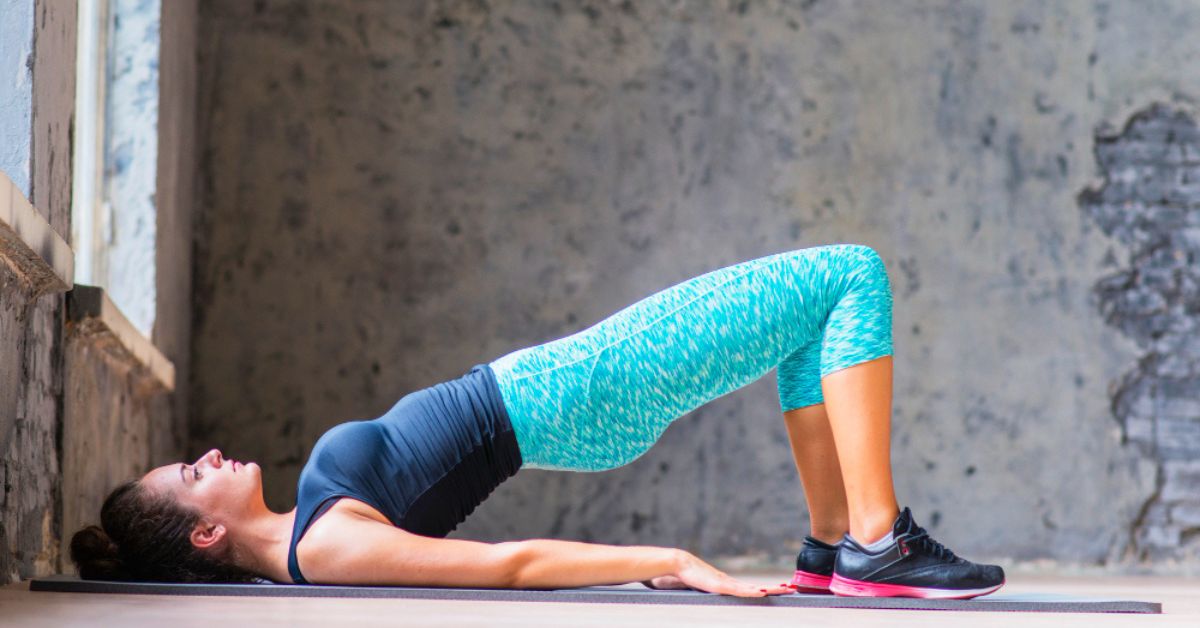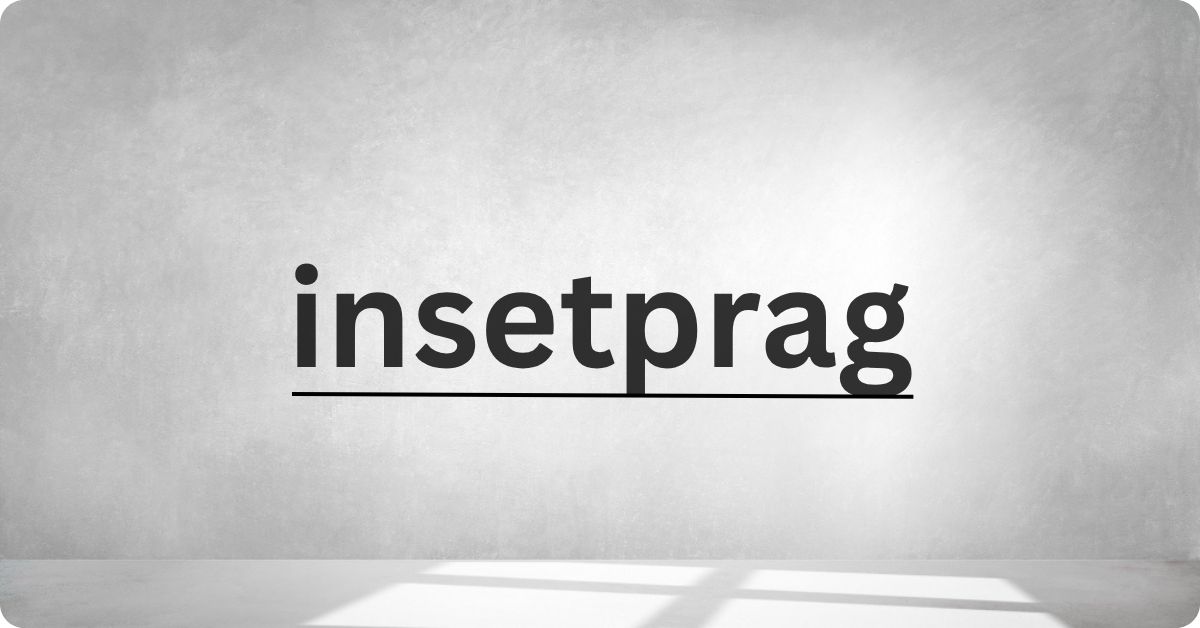Introduction to standing hip flexion exercise
Is increasing your mobility and leg strength something you’re interested in? This standing hip flexion exercise might be perfect for you if that’s the case. The iliopsoas and quadriceps, two muscles essential for lower body function, are worked out in this easy-to-do exercise. Knowing how to do this exercise correctly may improve your fitness level, whether you’re an athlete trying to reach your maximum potential or just someone who wants to be more active. In this article, we will discuss the importance of building strength in these specific muscle groups and provide you with an exercise plan that includes standing hip flexion.
Importance of strengthening quadriceps and iliopsoas muscles
For optimal mobility and stability do standing hip flexion, it is essential to strengthen the iliopsoas and quadriceps muscles. When you extend your knee, the muscles at the front of your leg, called quadriceps, come into action. Walking, running, and leaping are all supported by this set of muscles.
The psoas major and iliacus muscles form the iliopsoas, which links your lower back to your legs. Hip flexion, in which you bring your knee up toward your chest, requires it. Posture and core stability are both improved with a robust iliopsoas.
Injuries might result from imbalances brought on by disregarding these muscle groups. If your quadriceps are weak, you could have instability or discomfort in your joints while you exercise.
Athletes with stronger hip flexors are able to move more efficiently, which in turn boosts their performance. Everyday activities, including getting up from a chair or ascending stairs, become easier with their help. A person’s health and well-being may be greatly improved by focusing on what they are good at.
Step-by-step guide on how to perform standing hip flexion
Locate a stable surface to stand on before continuing. You may use a chair or a wall.
Arrange your feet hip-width apart and stand tall. Stay steady by using your core.
Bending at the hip, slowly bring one knee up to your chest. If you can, try to get it to a right angle.
Feel the stretch in your hip flexor and quadriceps as you hold this posture for a little while.
Take it easy and bring your leg back down to the starting position.
Do 10–15 repetitions on one leg before moving on to the other. Maintain a steady breathing pattern as you go through each repetition.
To enhance efficacy and minimize injury risk, focus on controlled motions rather than speed.
Variations of standing hip flexion for different fitness levels
An easy way to start is with a standing hip flexion exercise that doesn’t require any resistance. To do this, just bring one knee up to your chest while keeping your balance with the other leg. In doing so, the groundwork for correct form is laid.
Light ankle weights may be a great way to ramp up the intensity as you get better. For those with an intermediate level of fitness, this variant is perfect since it tests their stability and strength simultaneously.
Those who are more experienced may choose to use resistance bands. Before you bend your hips, tie one end to a strong object and wrap the other around your ankle. Your muscles will be worked to their fullest potential by the increased stress.
Consider adding arm motions to provide a dynamic twist. Raise your opposing arm above as you elevate your knee. Your core will be engaged and your coordination will be enhanced.
Muscle engagement and practical movement patterns are encouraged in each variant, which is designed to accommodate varying abilities.
Benefits of incorporating this exercise into your workout routine
There are several advantages to include standing hip flexion in your exercise program. The lower body’s mobility and stability are enhanced by this workout, which mainly targets the quadriceps and iliopsoas muscles.
An additional perk is enhanced adaptability. Loading your hips and legs into this action on a daily basis will increase their range of motion. Your general effectiveness in other workouts can be improved with this.
Standing with the hips flexed also uses the core muscles to maintain balance. Having a stronger core helps with both posture and injury prevention when exercising.
Daily activities like ascending stairs or getting up from a seated posture require functional strength, which this exercise increases. Not only will it help you gain muscle, but it will also improve your range of motion, which are two of life’s most important motor skills.
Without requiring specialized tools or a large area, it may be easily included into any exercise regimen.
Common mistakes to avoid and tips for proper form
It is very important to keep your form correct as you stand and bend your hips. Leaning too much to one side or the other is a typical error. Doing so may put undue stress on your back and render the workout ineffective.
Maintain an engaged core as you do the movement. If you want to improve your balance and stability, strengthening your core muscles is a good place to start.
The uncontrolled raising of one’s leg is another common mistake. To avoid injuries and get the most out of your muscles, aim for a controlled lift instead than an overly wide one.
Also, remember to focus on your supporting leg. Keep it slightly bent for stability; locking it could cause knee pain.
Do not forget to take your time with each repeat. For the best effects, take your time and breathe correctly during the whole workout.
Precautions and modifications for individuals with injuries or limitations
Standing hip flexion is not for everyone. Be careful if you have any limits or injuries. It is imperative that you get the advice of a medical expert before beginning an exercise program.
To help steady yourself when you move, think about leaning against a chair or a wall. Doing so can aid with stability and lessen the load on your joints and muscles. To ease any pain, begin with limited ranges of motion.
Stay in tune with your body. Stop immediately if you feel sharp or persistent discomfort. To further customize your degree of comfort, you may also adjust the height at which you elevate your leg.
As you work to increase your strength gradually, resistance bands may be a helpful tool. It is just as critical to adjust the frequency of your workouts so that you have enough time to recuperate in between each session.
As you attempt to build those essential hip flexor muscles, keep in mind that little, steady improvement is essential when pushing past limits.
Conclusion
A potent exercise, standing hip flexion that targets the iliopsoas and quadriceps muscles is standing hip flexion. You may improve your stability, strength, and performance in the gym by making this motion a regular part of your program. It is simple to make standing hip flexion accessible to everyone with the available variations for different fitness levels.
To get the most out of it and avoid harm, pay attention to your form. Keep in mind typical pitfalls and make adjustments as needed according to your personal capabilities or any constraints you may have.
You may keep your exercises interesting and difficult by experimenting with different types of standing hip flexion as you get better at it. Striving to develop these important muscle groups can improve mobility, posture, and overall well-being. Take it easy and relish in the transformation that occurs when you include this powerful workout in your training routine.











